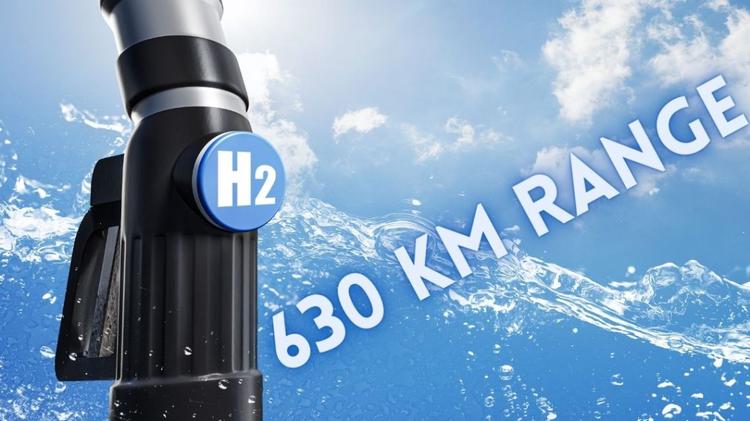First Hydrogen Corp. has reported that its fuel cell vehicle fleet trial with SSE Plc, a UK utility, has revealed that a single refueling provides a range of 630 kilometers.
Moreover, drivers who were a part of the fleet test provided positive feedback about their experience.
The drivers who were a part of the fuel cell vehicle trial consistently provided positive feedback based on their experience behind the wheel. Among the comments left by the drivers were that it was “quiet,” “smooth,” and “pleasing to drive,” with automatic transition.
The drivers from SSE also found that the range they experienced was impressive, pointing out that the range made them think of a diesel, but without leaving behind the greenhouse gas emissions that contribute to climate change.
First Hydrogen’s fuel cell vehicle model was able to keep up with the longer routes that SSE drivers were required to undertake throughout the trial. This demonstrated that it could be used realistically within the current infrastructure. The drivers noted that refueling required only minutes to complete before they were on their way again.
The First Hydrogen fuel cell vehicle was driven on major roads throughout Aberdeen, Scotland.
The drivers used the vans on real roads in real world driving conditions. That said, Aberdeen’s light traffic conditions made it possible for the drivers to use the maximum speed limits when it was safe to do so.
This let the vehicles stay at those speeds for longer periods than had previously been the case. Still, even when traveling for higher speeds on a consistent basis, the fuel efficiency remained good, consuming an average of 1.58kg of hydrogen per 100 meters.
Throughout the trips taken during the trial, the fuel cell vehicles were able to keep their batteries at maximum charge through regeneration from braking. That is, the amount of kWh the battery charged and discharged was similar, underscoring the onboard energy management system developed by First Hydrogen.
The trial data indicates that the performance in reality was even better than had been predicted, exceeding pre-trial commissioning test results. This was particularly true when driving at constant speed, since braking occurs less frequently and less fuel is consumed during acceleration.
